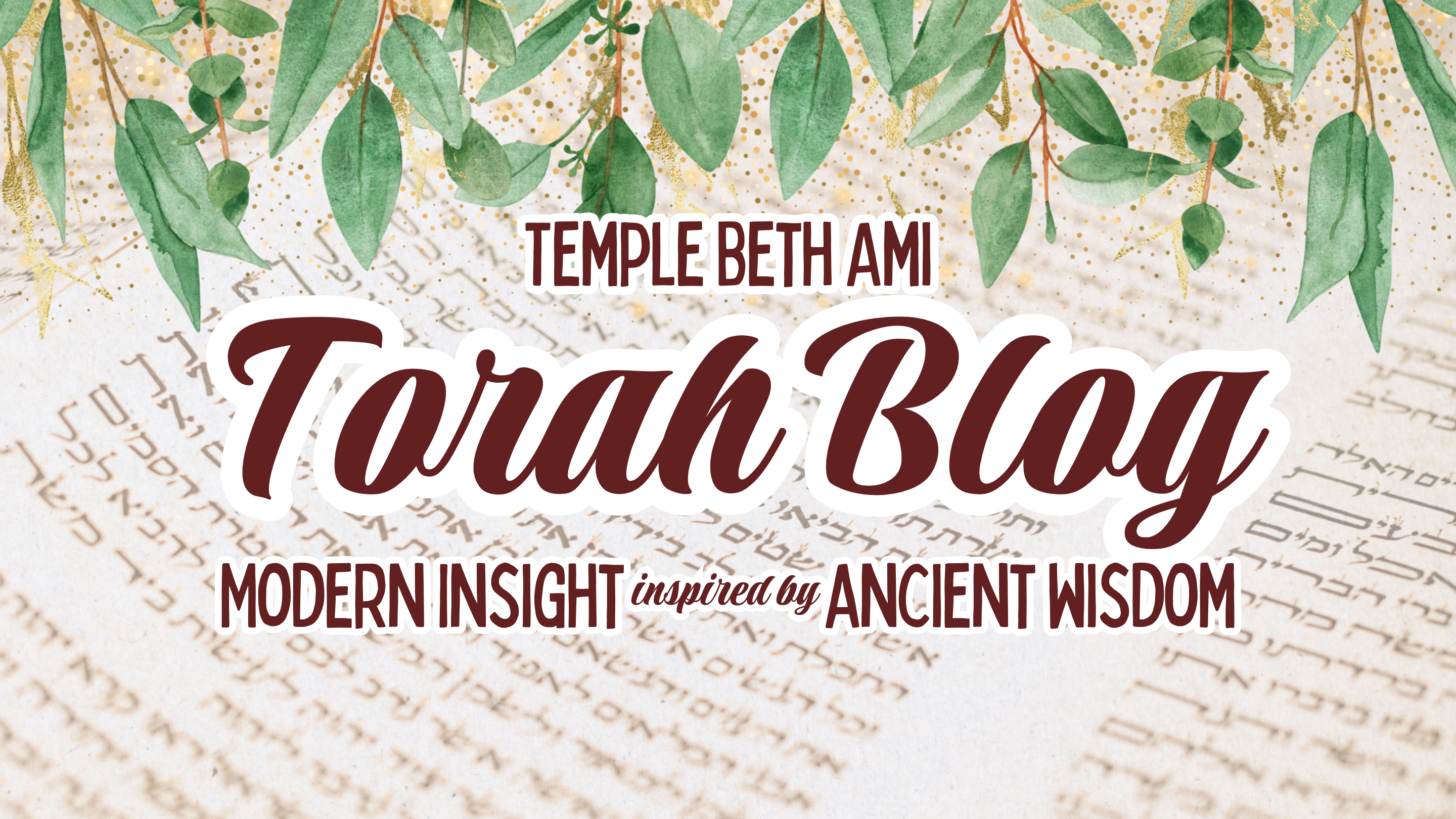







Pekudei
Exodus 38:21 – 40:38
By Jen Smith
This week we read Parashat Pekudei, the final Torah portion in the book of Exodus. On the surface, it appears rather dry – full of detailed lists, materials, measurements, and inventories related to the construction of the Mishkan (tabernacle), the portable sanctuary built by the Israelites in the wilderness. Gold clasps, dyed wool, silver sockets, priestly garments – it’s all accounted for in Pekudei.
It is tempting to skip over these verses, dear readers, but if we slow down to read through the details, we find a message that is both deeply spiritual and profoundly relevant.
The Torah tells us that the Israelites completed “all the work of the Mishkan” just as God had commanded before Moses inspects the work, sees that everything was done properly, and blesses them. This isn’t just ancient project management – it’s a model of accountability, integrity, and sacred purpose. Moses doesn’t assume – he verifies; and the people don’t cut corners, they follow through.
The Hebrew title of the parsha, Pekudei, can mean “records” or “accounts,” but it also comes from a root meaning “to remember” or “to be noticed.” In other words, these details matter because they fulfill a sacred task, but that is not all – they matter because they are visible to Moses, the Israelite community, and ultimately, by God.
The idea that holiness can be found in the details is something we often forget in our modern, fast-paced, globalized world. However, Judaism has long taught that we are able to transform the ordinary into the sacred when we infuse our actions with intention. Whether it’s how we treat our coworkers, show up for a friend, support a parent, or care for our children, the seemingly “small” choices accumulate to form a life enriched with deep meaning.
Jewish mystics, especially the kabbalists, saw the Mishkan as more than an earthly tent of meeting – it was a mirror of the universe, a veritable microcosm of creation. Each piece of the Mishkan corresponded to an aspect of either the cosmos or the human being. The Mishkan wasn’t just a dwelling place for God – it was a structure that aligned heaven and earth, creating a channel or a meeting point between the realms of the spiritual and the physical.
The message is clear: when we build with care and act with sacred intention, we create space for the Divine to dwell – not just in ancient structures, but in our lives, our homes, and our relationships.
We’re just weeks away from Passover, a holiday that, much like the Mishkan, is steeped in ritual, detail, and symbolism. From cleaning chametz (leaven) from homes to the layout of the Seder plate, Passover reminds us that freedom isn’t free – it requires preparation, memory, and a voice to breathe life into ritual.
Just as every piece of the Mishkan had its place and purpose, so does every element of the Seder. The bitter herbs, the four cups of wine, the hiding of the afikomen – all these rituals are sacred building blocks. These are not just nostalgic traditions – they are tools for transmitting identity, generations of collective memory, and reaffirming our place in the world as Jews.
In today’s world, we may not build physical sanctuaries like the Mishkan, but we build emotional and spiritual sanctuaries all the time within our homes, our families, and our communities. Pekudei reminds us to keep asking: are we building them with care, accountability, and with holiness? What are the “details” in our lives that matter, but that we also tend to overlook? How can we make our homes a sanctuary of peace, curiosity, and deep connection? Most importantly, Pekudei invites us to consider whether we are passing on the values of our story – or if we are just passing the matzah and maror.
In many ways, every Seder table is a modern-day Mishkan – a portable sanctuary where the presence of God dwells in our conversations, the questions, and the laughter of generations gathered to remember the greatest story ever told – our story, the origin story of the Jewish people.
Parashat Pekudei teaches us that holiness is not found in grand gestures, but in steady work, clear intentions, and community trust. As we head toward Passover – a holiday of liberation, memory, and storytelling – may we remember that our freedom isn’t just about our dramatic escape from Egypt. It is also about the details of our everyday lives, how we treat others, and our ability to make room for the Divine in our ordinary human lives.
May we each take time to build and care for the sanctuaries in our homes, within our relationships, and our hearts, confident that the “Divine is in the details.”